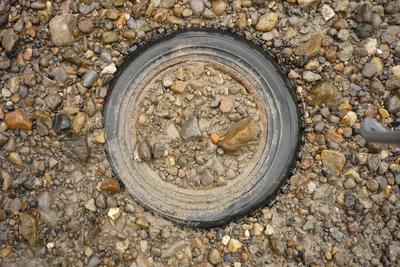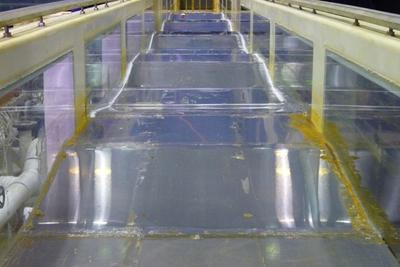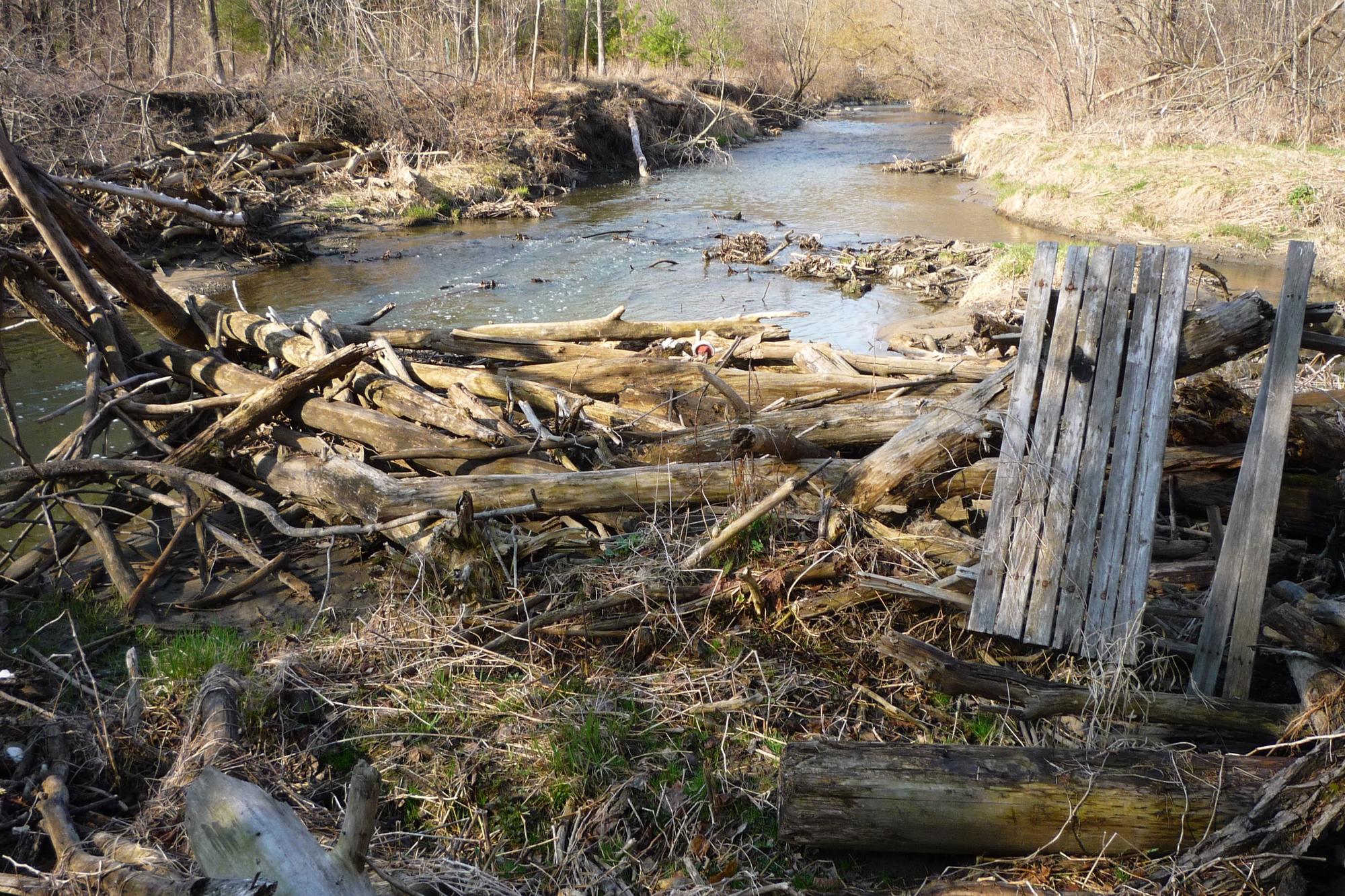Effect of Urbanisation on Sediment Transport
Urbanization is profoundly changing watershed hydrology in Southern Ontario and around the world. This hydrologic change upsets the balance between the supply and transport of sediment in many rivers, with long term irreversible effects on the landscape that cost cities and landowners millions of dollars as bridges, sewers and other infrastructure fails. A current project uses Radio Frequency Identification tags to monitor urban creeks and assess restoration efforts.
 Hydrodynamics of Riffle-Pools
Hydrodynamics of Riffle-Pools
Streams and rivers are characterized by non-uniform beds. Large-scale sedimentary bars disrupt the simple relations between discharge, channel roughness, and sediment transport that water resource engineers rely on. Fundamental research is ongoing that uses controlled flume experiments to test how the size and scale of bedforms affects channel properties. Another research objective is to shed light on how these complex forms emerge from smaller scale processes related to turbulence and sediment transport.
 Wood transport in rivers
Wood transport in rivers
When bank erosion occurs, trees on the bank fall into the river. The long trunks and branches represent a new structural element in rivers that can wreak havoc on otherwise well-behaved systems, resulting in flooding, and increased scour around bridges where floating wood piles up. Wood alters river morphology in a way that encourages more islands, larger sediment bars, and increased lateral erosion. A current project is to quantifying the transport of wood using streamside video cameras as a means of offering a first look at the within-flood variability of wood transport.
